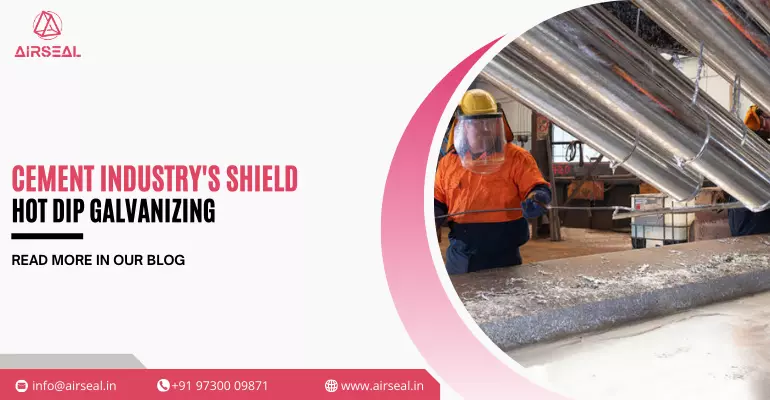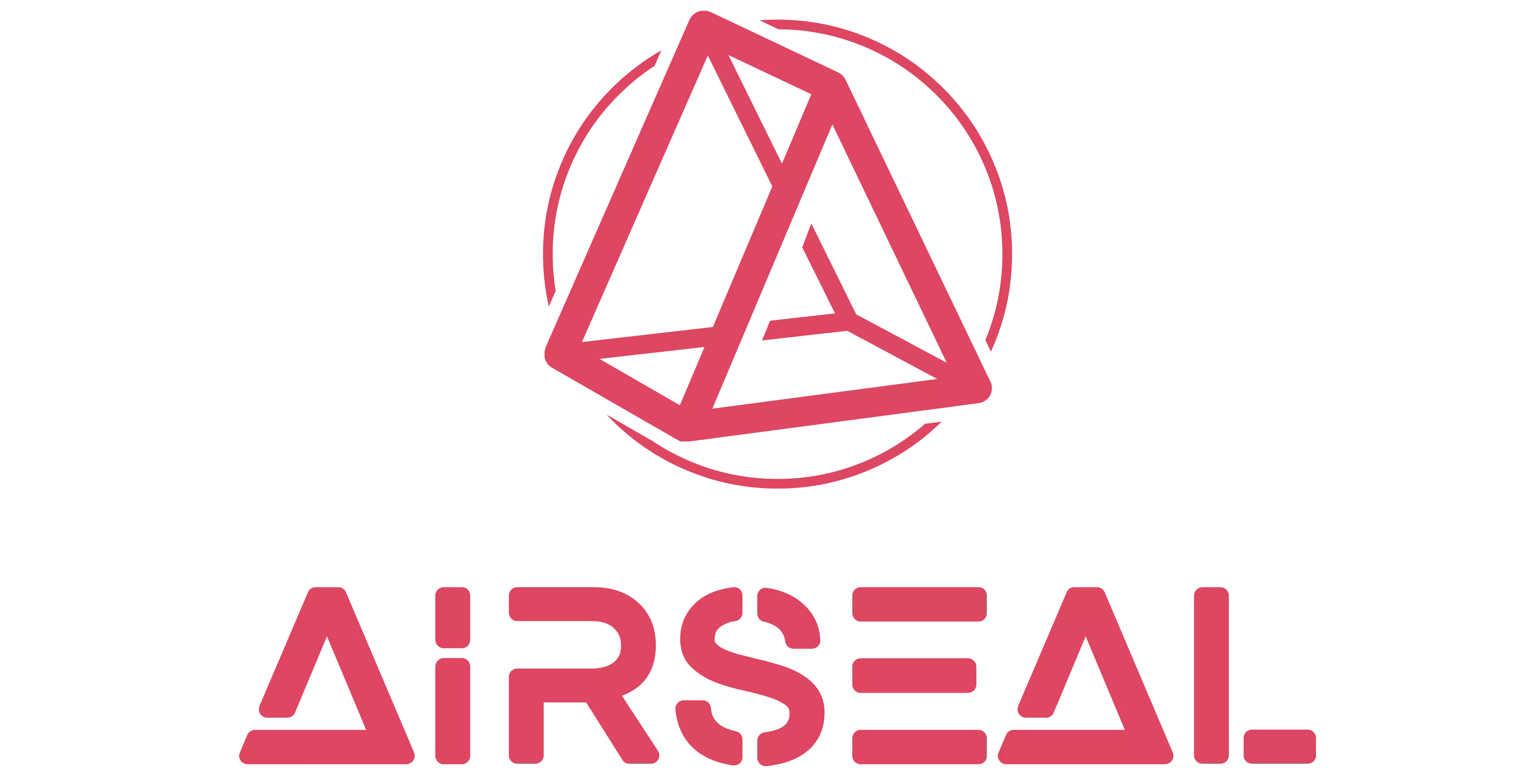
Preventing Corrosion with Hot Dip Galvanizing: In the Cement Industry
In the cement industry, corrosion prevention is of utmost importance. With constant exposure to harsh environments, cement structures are susceptible to deterioration caused by corrosion. This not only affects the structural integrity of the cement components but also poses safety risks for workers and the general public.
To combat this issue, hot dip galvanizing has emerged as an effective method for preventing corrosion in the cement industry. This blog post will delve into the advantages and benefits of hot dip galvanizing, its process, and its impact on the construction and maintenance of cement structures.
II. Advantages of Hot Dip Galvanizing
Before delving into the specifics of hot dip galvanizing, it is important to understand the overall advantages of this corrosion prevention method. Hot dip galvanizing offers superior protection against corrosion, ensuring the longevity and durability of cement structures.
It provides a cost-effective solution for preventing corrosion, as the initial investment in galvanizing is outweighed by the long-term savings in maintenance and replacement costs. Moreover, hot dip galvanizing is an environmentally friendly process, as it does not require any additional coatings or chemicals, reducing the carbon footprint of the cement industry.
III. Understanding Hot Dip Galvanizing
Hot dip galvanizing is a process that involves immersing steel or iron components in a bath of molten zinc. The zinc coating forms a metallurgical bond with the base metal, creating a barrier that protects against corrosion. This process is widely used in the cement industry due to its ability to withstand the harsh conditions to which cement structures are exposed. The process of hot dip galvanizing begins with the preparation of the steel or iron components.
They are thoroughly cleaned to remove any dirt, grease, or oxide layers that may hinder the formation of the zinc coating. Once cleaned, the components are immersed in a bath of molten zinc, typically maintained at a temperature of around 450°C (840°F). The zinc reacts with the iron in the steel or iron components, forming a series of zinc-iron alloy layers. These layers provide excellent corrosion resistance and durability, ensuring the longevity of the galvanized structure.
IV. Benefits of Hot Dip Galvanizing in the Cement Industry
Hot dip galvanizing offers numerous benefits in the context of the cement industry. These benefits include protection against corrosion caused by cement dust and moisture, long life, complete coverage of all surfaces, coating toughness, and three-way protection against rust.
1. Protection against corrosion caused by cement dust and moisture
Cement dust and moisture are two common corrosive agents in the cement industry. The abrasive nature of cement dust, combined with the presence of moisture, accelerates the corrosion process. Hot dip galvanizing provides a robust barrier against these corrosive elements, preventing the formation of rust and protecting the structure of cement components.
2. Long life of up to seventy years in most atmospheres
One of the key advantages of hot dip galvanizing is its long lifespan. Galvanized structures have a life expectancy of up to seventy years in most environments, making them a reliable and durable solution for the cement industry. This extended life cycle significantly reduces the need for frequent maintenance and replacement, resulting in cost savings for cement manufacturers.
3. Complete coverage of all surfaces, including awkward corners and narrow gaps
Unlike other corrosion prevention methods, hot dip galvanizing ensures complete coverage of all surfaces, including hard-to-reach areas such as awkward corners and narrow gaps. The zinc coating adheres uniformly to the steel or iron components, providing consistent protection against corrosion throughout the structure.
4. Coating toughness and resistance to damage
Hot dip galvanizing creates a tough and resilient coating on the steel or iron components. This coating is highly resistant to damage, even in demanding environments. It can withstand the impact of heavy machinery, extreme temperatures, and harsh weather conditions, further enhancing the durability and longevity of cement structures.
5. Three-way protection against rust
Hot dip galvanizing offers three-way protection against rust. Firstly, the zinc coating acts as a physical barrier, preventing corrosive agents from coming into contact with the base metal. Secondly, it provides cathodic protection, sacrificially corroding in place of the underlying steel or iron components when exposed to corrosion. Lastly, the zinc coating forms a patina over time, further enhancing its resistance to corrosion.
V. Ease of Inspection
Inspecting galvanized surfaces is an essential part of maintenance in the cement industry. Hot dip galvanizing simplifies this process, as the zinc coating provides a clear visual indication of the condition of the structure. Any signs of corrosion or damage are readily visible on the surface, allowing for timely maintenance and repairs. This ease of inspection ensures that cement structures remain structurally sound and safe.
VI. Faster Construction
In addition to its corrosion prevention capabilities, hot dip galvanizing also speeds up construction processes in the cement industry. Galvanized components can be fabricated off-site and transported to the construction site, ready for immediate installation. This eliminates the need for on-site coating application and reduces construction time significantly. As a result, the overall project timeline is shortened, and cost savings are realized.
Plant Specifications
To ensure effective hot dip galvanizing, cement plants need to have specific facilities and equipment in place. Let's take a closer look at the specifications of these plants.
A. Pre-cleaning Facility & Galvanizing Bath Size
-
Degreasing Tank - The degreasing tank is used to remove any grease, oil, or dirt from the steel components before the galvanizing process. In cement plants, the degreasing tank typically has dimensions of 1.5m x 1.2m x 1.8m.
-
Rinsing Tank - After the degreasing process, the components are rinsed to remove any residual cleaning chemicals. The rinsing tank in cement plants usually has dimensions of 1m x 5m x 1.2m x 1.8m.
-
Pickling Tanks - Pickling tanks are used for the removal of any mill scale or rust from the steel components. Cement plants usually have three pickling tanks, each with dimensions of 5m x 1.2m x 1.8m.
-
Rinsing Tank (Post Pickling) - After the pickling process, the components go through another rinsing tank to remove any residual pickling chemicals. Cement plants typically have two rinsing tanks with dimensions of 1m x 5m x 1.2m x 1.8m.
-
Pre-Flux Tank - The pre-flux tank is used to prepare the steel components for the galvanizing process. It helps in the removal of any remaining impurities on the surface. In cement plants, the pre-flux tank usually has dimensions of 5m x 1.2m x 1.8m.
-
Dryer Pit - After the pre-flux process, the components are dried to remove any moisture. Cement plants usually have three dryer pits, each with dimensions of 5m x 2.5m x 2.0m.
-
Zinc Kettle - The zinc kettle is where the actual galvanizing process takes place. The steel components are immersed in the molten zinc bath to create a protective coating. In cement plants, the zinc kettle typically has dimensions of 5m x 1.2mx .18m.
B. Furnace Type and Fuel Source
To achieve the necessary high temperatures for the galvanizing process, cement plants typically use a high-velocity pulse fired fully automatic furnace. LPG is commonly used as the fuel source for these furnaces.
C. Post Treatment Facilities
After the galvanizing process, the components go through post-treatment facilities to ensure the quality of the coating and remove excess zinc.
-
Quenching Tank: The quenching tank is used to cool down the galvanized components and solidify the zinc coating. In cement plants, the quenching tank usually has dimensions of 6m x 12m x 18m.
-
Passivation Tank: The passivation tank is used to further protect the components by applying a passivating agent. This agent helps in the formation of a thin, transparent film over the zinc coating, which enhances its corrosion resistance. In cement plants, the passivation tank usually has dimensions of 6m x 12m x 18m.
-
Galvanizing Capacity: The monthly capacity of hot dip galvanizing at cement plants is set at a maximum of 2500 MT. This ensures that the plant can meet the corrosion prevention needs of the cement industry effectively.
-
Material Handling Facilities: To handle the steel components throughout the galvanizing process, cement plants require specific material handling facilities.
-
Shop Floor Area - The shop floor area should be equipped with EOT cranes with a capacity of 5 tonnes and two hoists mounted on them with a capacity of 4 tonnes. Cement plants typically have two cranes in their shop floor area.
-
Loading / Unloading & Storage Area - The loading/unloading and storage area should also have EOT cranes with a capacity of 5 tonnes and two hoists with a capacity of 2 tonnes. Cement plants typically have one crane in this area.
-
D.G. SET - To ensure uninterrupted power supply, cement plants have one D.G. set with a capacity of 125 KVA.
-
Power - The power supply for the plant is provided by MSEB, with a total capacity of 200 HP.
Hot Dip Galvanizing Process Flow:
-
Degreasing: Remove any grease, oil, or dirt from the metal surface to ensure proper adhesion of the galvanized coating.
-
Rinsing: Thoroughly rinse the metal to remove any residual cleaning agents or contaminants.
-
Pickling: Immerse the metal in a pickling solution, typically a mixture of acids, to remove any existing scale, rust, or oxidation from the surface.
-
Second Rinsing: Rinse the metal again to remove any remaining traces of the pickling solution.
-
Flux Solution: Dip the metal into a flux solution, which helps to promote the formation of a smooth and uniform coating of zinc during the galvanizing process.
-
Drying: After fluxing, dry the metal to remove any moisture present on the surface, ensuring optimal conditions for the galvanizing step.
-
Zinc Bath: Immerse the dried metal in a molten zinc bath, where the metallurgical reaction between the iron or steel and the zinc takes place. This results in the formation of a metallurgically bonded zinc-iron alloy coating.
-
Cooling and Inspection: Once the metal has been galvanized, allow it to cool and then undergo a thorough inspection to ensure the coating meets the required quality standards.
Testing Facilities:
-
Thickness Gauge: To Measure Zinc coating at any point in microns
-
Preece Test: Copper Sulphate solution test for uniformity of zinc coating
-
Stripping Test: Mass of Zinc coating in Grams/m2 with electronic weight scale
-
Hammer test & Knife Test: Adhesion of zinc coating with standard hammer & knife
-
Chemical Balance: Digital 0-3 Kg Contech make.
-
Weighing Platform Scale: 0-1 Tonne capacity Contech Make.
-
Facilities for Testing (Internal Parameters): Acid Strength with hydrometer burette & pipette Iron Content in pickling & pre-flux tank etc.
Effluent Treatment Plant:
-
Collection Tank: 1 No.
-
Reaction Tank with caustic & Lime addition by air agitation: 2 Nos.
-
Settling Tank: 1 Nos.
-
Sand Bed for collecting Solid wastes (Lime Sludge): 2 Nos.
Air Pollution Equipment:
-
Fugitive Emission suction system connected to a scrubber system with a water jet & discharged through the chimney.
Finished Products:
-
Prefabricated structures, angles, channels & beams.
-
Earthing strips, plates & pipes.
-
Prefabricated piping.
-
Floor Gratings.
-
Ladder type & perforated type cable trays.
-
Sheet metal products like covers, C1, C2 channels, Cantilevers & crash barriers.
-
Foundation bolts & hardware items.
-
Reinforcement steel bars.
-
Galvanizing can be accomplished for sizes up to about 5m long members in single dipping & 9 meters long in double dipping.

